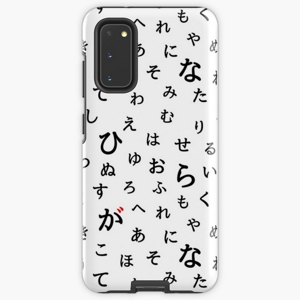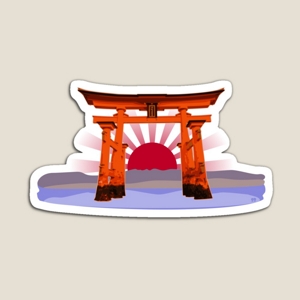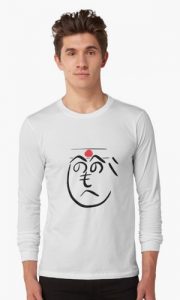Hello,
In this lesson you will learn how to express relation between people and/or things and other people or things by using the の particle.
This is the 5th lesson of the Learning Japanese series, do not hesitate to check the previous lessons:
- Lesson 1: Making simple sentences using …です。
- Lesson 2: Asking simple questions using …です か。
- Lesson 3: Making negative sentences using …では ありません。
- Lesson 4: Adjectives and negative sentences for i-adj using …くない です。
Alright, now let’s see how we can express relation in Japanese, such as saying that something belongs to me, that a person is related to another one, or that two things are related for instance:
わたし の ほん
[watashi no hon] – my book.
くるま の いろ
[kuruma no iro] – the colour of the car
たなかさん の いもうとさん
[Tanaka-san no imōto-san] – Tanaka’s younger sister
わたし の いもうと
[watashi no imōto] – my younger sister
Now let’s analyse the content of these sentences:
- Regarding the construction of the relation between someone and something or someone else, you can see the construction is quite simple:
(owner) の (related element)
- You can see also the introduction of the famous suffix さん [san], firstly in たなかさん as you might have expected, but also in いもうとさん. And you might also have noticed in the last sentence that same word, いもうと, without さん this time… Intriguing, isn’t it?
- Firstly, さん is a suffix that can be put after a family name or a person’s denomination (parent, job title…) to show respect. It is generally translated in English as Mr, Mrs or Miss as these are roughly the words the closest to this idea of respect in English.
- As such, not using さん after the name of someone you are not close to in Japan is perceived as a sign of disrespect or disdain, a sign that you think yourself of a higher position than that person. This might be accepted if you are the boss or an elder, but not as an employee speaking to his/her colleagues or boos, or when speaking to someone older than you.
- Last but not least, さん must not be used when you say your own name for the same reason as this would be perceiving as you having a high opinion of yourself.
Alright, now let’s have some practice around the use of の.
Exercise 1:
Translate the sentences below into English using the following vocabulary.
くるま: car ページ: page ほん: book わたし: I, me
わたし の くるま
ほん の ページ
たなかさん の ほん の ページ
 |
 |
 |
 |
 |
|||
Corrections:
わたし の くるま – my car
ほん の ページ – a book’s page(s)
たなかさん の ほん の ページ – a page/pages of Tanaka’s book
Exercise 2:
Translate the below sentences in Japanese with the following vocabulary.
あかい: red いもうと: younger sister くつ: shoes くるま: car ねこ: cat わたし: I, me
My cat
Tanaka’s shoes
The red car of my younger sister
Answers:
わたし の ねこ
たなかさん の くつ
わたし の いもうと の あかい くるま
This is the end of this lesson. Do not hesitate to share your feedbacks, be it here, on Twitter or on Facebook!
See you soon,
Stéphane
Next: Introducing the topic of a sentence with the particle は
Follow us:
